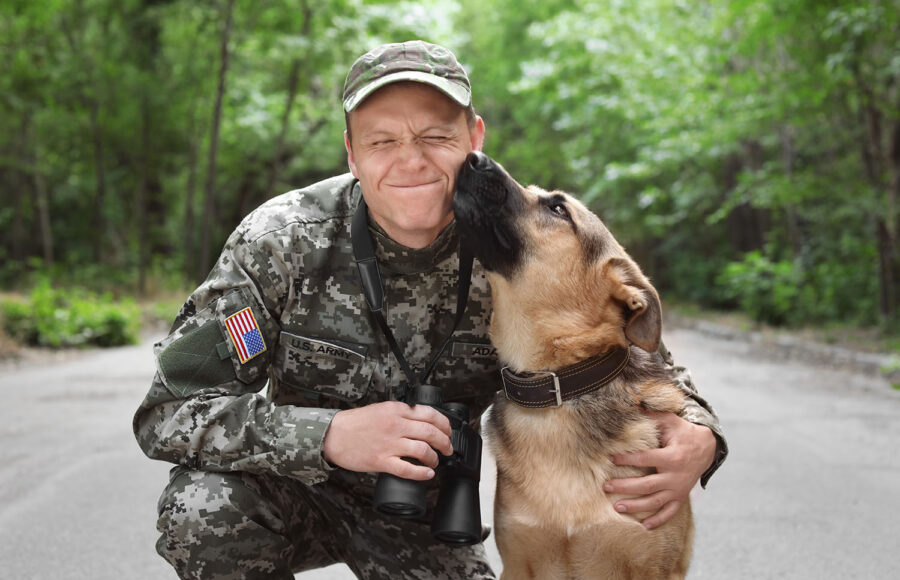Capture and contain it with care. If you see a stray cat or dog, try to capture and contain the animal if circumstances permit. Always approach stray animals slowly and cautiously while speaking in a calm, gentle voice. You can also use food to coax a frightened animal into approaching you.
Ideally, dogs should be secured using a leash or contained in a fenced yard. A belt or piece of rope can be used as a slip lead in an emergency, but keep in mind that these items are not appropriate as a routine means of controlling a dog. Most cats do not like to be held for any length of time, so stray kitties are best confined inside a cat carrier, secure box (with air holes), small room of your house or temporarily in your car (as long as the car is well ventilated and not too hot).
Call the authorities. Never put yourself in harm’s way by attempting to capture an animal that is behaving aggressively. If you cannot safely approach the animal or if it runs away, call your local animal control or police department immediately. Be sure to give the dispatcher the exact street address where the animal was last seen.
Check for ID. Once you have contained the lost pet, check to see if the animal is wearing anID tag. If so, you may be able to immediately contact the owner and return the pet to her or him.If the pet is wearing ID, but you are unable to immediately make contact with the owner, you may choose to hold onto the pet for a few hours and wait for a call back from the owner. If you choose this course of action, it is still advisable to immediately file a “found” report with your local animal shelter in case the owner calls or goes there to search for the pet. If you are unable to hold the pet, you can either take it to your local animal shelter or call your local animal control or police department to pick it up.
Get the pet scanned for a microchip. If the pet is not wearing an ID tag, the best course of action is to either take it to your local animal shelter or call the animal control/police department to pick it up and transport it to the shelter. The shelter staff will scan the animal for a microchip. If the animal is chipped, the shelter staff will be able to immediately look up the owner’s contact information by calling the microchip company or accessing the microchip database online. Although it may be tempting to keep a lost pet and try to find the owner yourself, it is absolutely essential that the animal be scanned for a microchip.
Take pets with no ID to an animal shelter. If the animal has no ID tag or microchip, its best chance of being reunited with its owner is generally at an animal shelter. The shelter is the one obvious place where owners are likely to look for lost pets. While most shelters maintain a database of “found” reports, these reports are often inaccurate due to the subjectivity of the person describing the animal. Many people are not familiar with breeds and coat colors and may not be able to give an accurate description of the animal they have found. One acceptable alternative would be to post a picture of the found animal in the shelter’s computer database if the shelter has software with that capability. This would allow you to hold the lost pet, while still allowing the owner to find it at the shelter via a photo.
Post fliers. Whether you hold the lost animal yourself or place it in the custody of your local shelter, there are several ways you can help find the owner. If possible, take a photo of the pet and post fliers around the area where the pet was found along with local community groups online. Be sure to also distribute the fliers to local veterinary clinics. If you found the pet in your own neighborhood, go door to door with a photo of the animal and see if anyone knows who owns it. You can also place a found ad in the classified section of your local newspaper (these are usually free).





